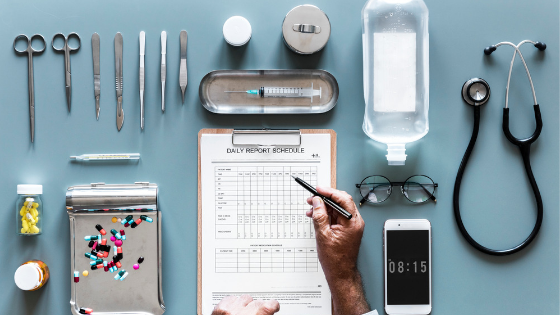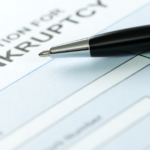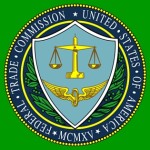Healthcare facilities could be recovering as much as 10% of their total amount of bad debt if they were to look and see if individuals who are receiving Medicare are also eligible to receive coverage from Medicaid, according to an analysis of 50,000 cost reports conducted by TransUnion.
That equates to as must as $500,000 in additional revenue during a three-year period for the average mid-sized hospital, which has between 250 and 350 beds, according to the study.
“When hospitals limit their insurance discovery strategy to self-pay patients, they are missing an opportunity to maximize reimbursements from other payment sources,” said Dave Wojczynski, President of TransUnion Healthcare, in a statement. “A complete revenue recovery approach that looks for additional combined coverage for Medicaid, Medicare and commercially insured patients can increase revenue, decrease costs and prevent bad debt.”
The amount of uncompensated care at hospitals, which usually covers both bad debt and charity care, continues to rise nationwide. There was about $38 billion of uncompensated care at hospitals at the end of 2017, which is up from $36.1 billion in 2015, according to data from the American Hospital Association.
By not looking at whether individuals with self-pay accounts are eligible for Medicaid, hospitals are leaving a significant chunk of revenue on the table, the study concluded. As many as 5% of self-pay accounts that are written off as bad debt have some form of insurance coverage, TransUnion found.
Thirty-seven states have expanded their Medicaid coverage and it is expected that more states are going to follow suit.









